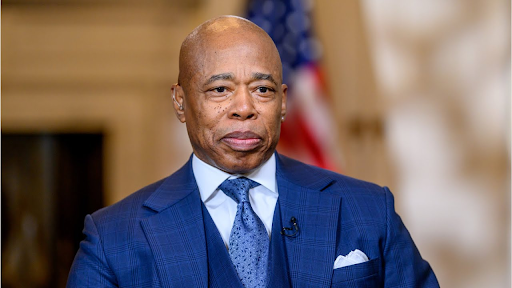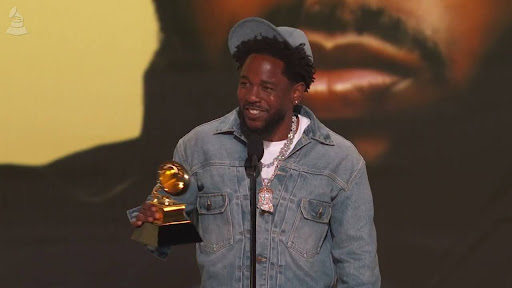Coming from all different walks of life and highlighting ideas from across the political spectrum, this historically large class of Democrats running for president celebrates diversity. However, while each contender brings something new to the table, for years, voters assumed that conventional politicians say one thing and often do the other. This frustration against the “establishment” is what propelled President Donald Trump, then regarded as a fringe candidate and political outsider, to the presidency. This time around, Democrats have two very strong political outsiders, both hoping to ride the same wave of populism that carried Trump all the way to the top.
One candidate that I’m particularly interested in is political newcomer, Andrew Yang. Self-described as “the opposite of Trump: an Asian guy who likes math,” Yang made his mark as an entrepreneur, creating Venture for America, a nonprofit that sends college graduates to work at startups
in cities hit hard by the Great Recession. That job took him across the Midwest, where he met hundreds of unemployed blue collar Americans, victims of jobs that had been automated away, and thus began his political odyssey. Yang understands that economic anxiety is what drove these voters for Trump, but it’s also his willingness to go to these parts of the country and speak with everyday Americans that sets him apart from Trump and the majority of Democrats. It’s not everyday a presidential candidate takes a ride with an Iowan truck driver, meets other drivers, and goes out to a truck stop just to step into the shoes of the everyday man. Yang is not afraid to get his hands dirty to show the lengths he’d go for the little guy, I believe that makes him a formidable candidate going forward and will ultimately take him far.
Another is an old favorite: the senator from Vermont, Bernie Sanders. Sanders wishes to minimize the divide between rich and poor to ensure that each and every American gets a fair shot at the American Dream. Poll after poll finds that Americans are unanimous in agreeing that it’s incomprehensible that the top one-tenth of one percent own as much wealth as the bottom 90 percent, and yet pay less in taxes than the average American. This has been an important, if not the central theme of Sanders’ entire political career, since getting elected to Congress in 1991. Sanders greatest strength is his devotion to principle, most notably that of Franklin D. Roosevelt’s New Deal, explaining his ongoing fight for a progressive economic, environmental, and racial agenda in American politics, constantly fighting for policies, such as ensuring tuition-free public universities and expanding Medicare. His popular message energized thousands of voters in 2016, and with increasing support among younger generations, will now carry him all the way to the White House in 2020.
Both Sanders and Yang appear to appeal to the values and beliefs of liberal and conservative voters, thus creating unity across party lines. These non-traditional candidates represent the real friction between the American people and the “establishment” political class. Should they continue to fight on behalf of the “average joes,” we may very well be saluting a President Yang or Sanders come 2020.







